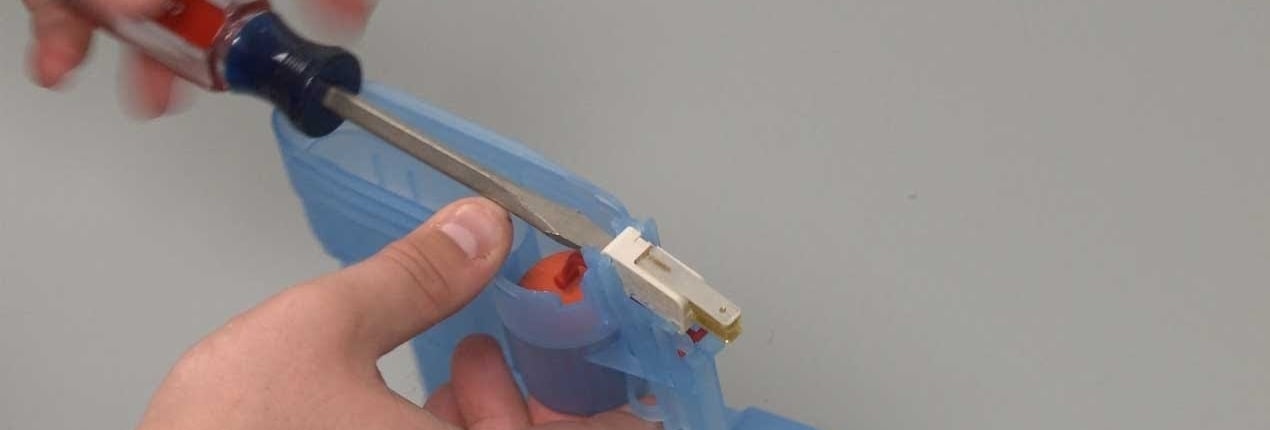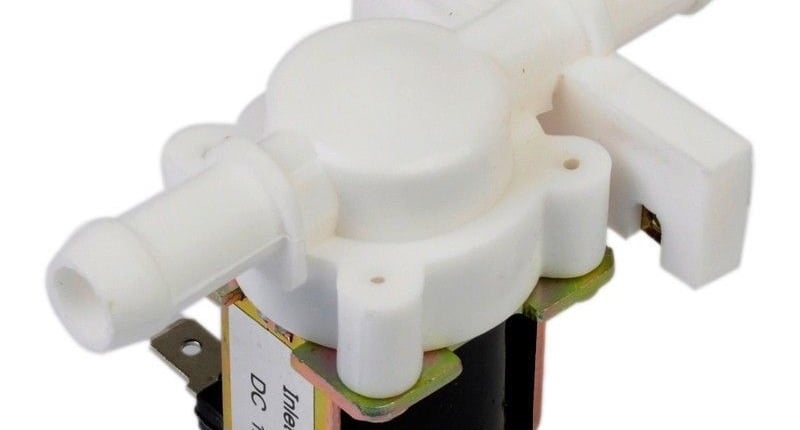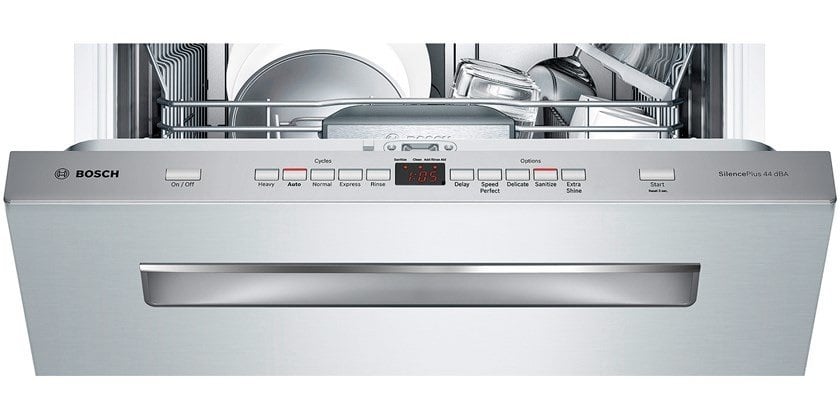What to do when your dishwasher won’t fill with water
Regardless of the model of the dishwasher, the majority of them are prone to the breakdowns of some sort. Therefore, in order to fix one of the most common problems occurring within the dishwasher – not being able to fill up with water – it will be useful to first of all know what model of the dishwasher you own. This will make it easier to determine the failure and therefore, fix the dishwasher.
Check the Water Inlet Valve
All dishwashers are equipped with a valve that supplies water to the machine, known as water supply or water inlet valves. When the machine starts operating, the water starts to pour inside the dishwasher. Because of either the changes in the water pressure and flow, or a more common wear and tear, the valve may “burn”. In this case, the fluid supply will be interrupted due to the water inlet valve malfunctioning as the breakage will stop it opening after it has received a signal. In order to try and fix it yourself, gain access to the water inlet valve, and see if you can take out all the excess dirt. However, in some cases, especially if it has something to do with the problem described above, the water inlet valve will need a professional replacement. In this case, you might want to take it to a specialist.
Check the Float
This could be another problem of why the dishwasher is not filling with water. This small part of the dishwasher ensures that the machine is not overfilled with water, and is located at the bottom of dishwasher tub. When the needed level of water is reached, the mechanism will pass the signal to the float switch and then to the water inlet valve, ensuring proper operations of the entire machine. If you think this might be the problem, it could be fixed by the following steps. Check the mechanism to see if there are any foreign objects blocking the entrance and thus the movement of the float. If anything is found, remove it.
Malfunctioning of Float Switch
The pressure switch is the special sensor that measures the water pressure and transmits the obtained information to the control module, which, in turn, analyzes how much water is needed for each washing cycle. If the pressure switch fails, the signal is not passed on to the control module; hence the dishwasher does not get water. In other words, when the water level sensor fails it starts giving off wrong indicators. In this case, you will need to replace it. This time, however, the process could be performed at home by following these simple steps:
– Unplug the device from the network and turn it on its side.
– If there is a cover on the bottom, it should be removed.
– Pressure switch looks like a plastic box. Remove the tube using pliers
– Undo several screws and remove the sensor. Check if there is any dirt inside.
– Measure the contact resistance. This will help ensuring that the part is working.
– Install a new part.
Malfunctioning of the Door Switch
The dishwasher door is equipped with a locking device. It is necessary for the safety of the user and protection against leakage. If this device fails, the machine will not start the washing cycle and, accordingly, will not be filling with water. On rare occasions, the problem occurs because the door is simply not pressed tightly enough – if that is that case, you can try pushing harder until you hear a sound of locking. If this did not help, the problem is most likely related to the door switch, and it will need replacement. Although you can try handling it yourself by following the steps below, it will be more effective to contact a specialist.
– Take the plug out of the socket
– Open the door and undo the screws holding the front panel
– Behind the panel, you will see a locking device – undo the screws and remove them from where they are
– Install a new lock
– Re-assemble the device in the reverse order.
Drain Valve and Solenoid
the drain valve of a dishwasher operates in line with a part known as solenoid. Therefore, if solenoid is broken, the drain valve is likely to not be working properly and hence stop the dishwasher from filling up with water.
– Examine visually the drain valve to make sure that a box does not have leakage
– Examine solenoid to identify any possible damages or rust
– If such are identified, replace solenoid
Malfunctioning of the control module
almost all dishwashers are equipped with a “smart” control module that sends software commands to other components of the unit. For example, a command “draw water” is sent to the inlet valve, or “drain water” is sent to the drain pump. If a malfunction occurs in this part of the device, the machine stops working or works incorrectly. You can spot the breakage by paying attention to the simple issues occurring during the process of dishwasher operation. For instance, the “Water” and “End” buttons are simultaneously lit on the panel. This means that an attempt to fill the dishwasher with water was made, however, it ended straight away. As a result, the dishwasher was not filled with water. Unfortunately, repairing this by yourself will not be possible, but you can inspect it for breakage, and then contact the repair services:
– Open the bunker door
– Unscrew the bolts on the and the back
– Open the device so you can have access to the insides and examine it in detail.
-
1
 Call Us
Call Us -
2
 Get a Quote On-Site
Get a Quote On-Site -
3
 Get Your Appliance Fixed
Get Your Appliance Fixed -
4
 Visa | Cash | MasterCard
Visa | Cash | MasterCard -
5
 Enjoy Your Day
Enjoy Your Day









